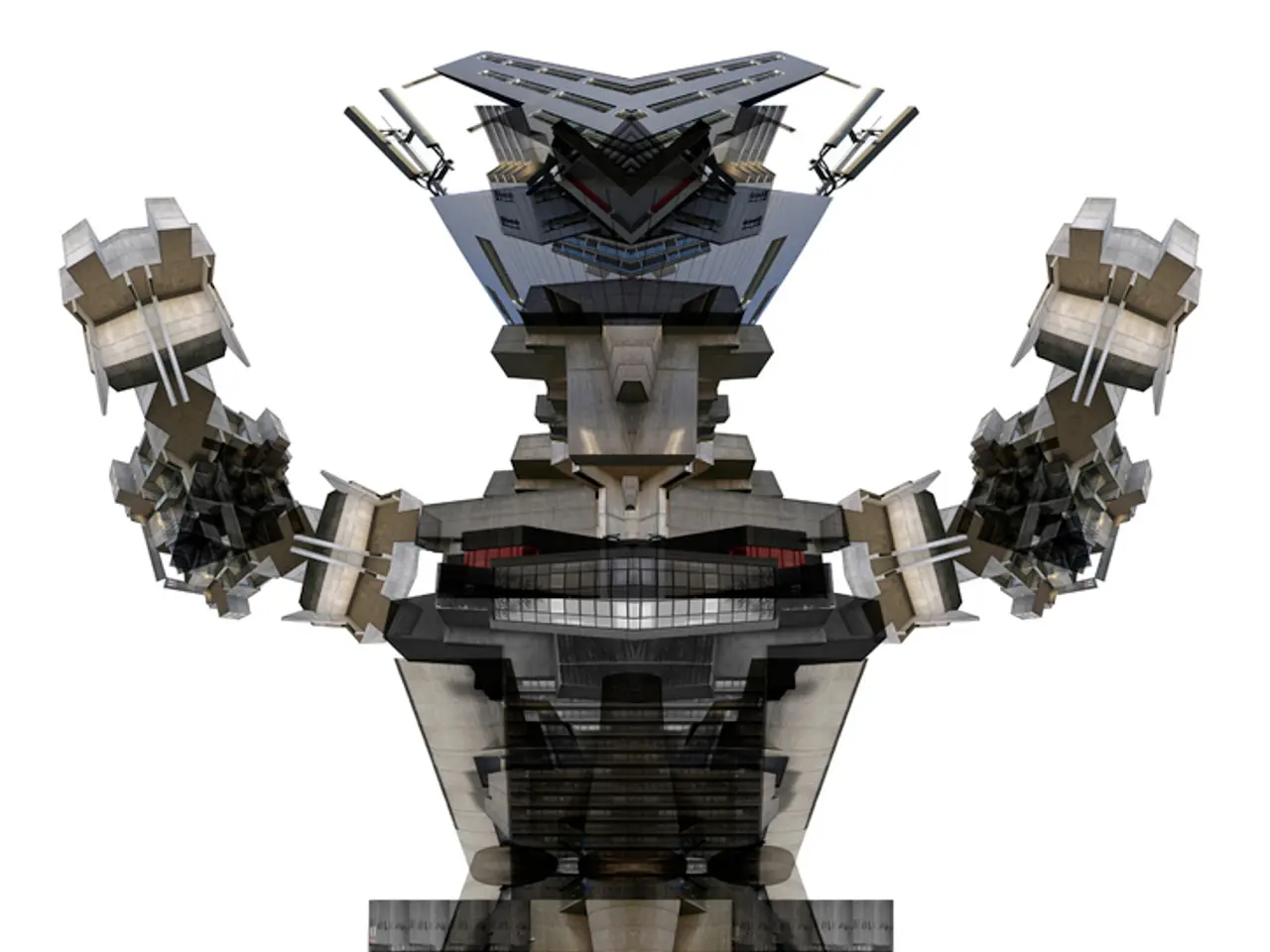Businesses Embracing Drones Expand into Robotics, According to New Study
In the world of industrial and infrastructure inspections, robots are increasingly becoming the go-to tools for companies seeking faster, safer, and less disruptive methods. Among these robots, several types are making a significant impact, including robotic crawlers, autonomous mobile robots (AMRs), wall-climbing robots, and drones.
Robotic crawlers, also known as Remote Visual Inspection (RVI) robots, are particularly useful for inspecting hard-to-reach, hazardous, or confined areas such as vessel interiors, piping, flare tips, and elevated racks. Equipped with cameras and sensors, they provide high-quality visual data without exposing human workers to danger.
Autonomous Mobile Robots (AMRs), on the other hand, navigate complex industrial environments independently using technologies like SLAM (Simultaneous Localization and Mapping). They can inspect infrastructure such as pipelines or power plants to detect anomalies and defects by generating maps and avoiding obstacles dynamically.
Wall-climbing robots and drones are another essential tool for inspecting large industrial equipment. These robots can access vertical or difficult surfaces and extensive areas to capture detailed inspection data.
Companies like MFE Inspection Solutions are equipping Spot robots, developed by Boston Dynamics, with various sensors, such as gas-detecting sensors and acoustic sensors, to enhance their inspection capabilities.
The demand for these inspection robots is on the rise, with many companies planning to purchase other types of robots. Companies are choosing the tool that best suits their needs, and the demand for inspection drones is expected to increase.
In the Energy and Utility sector, 63% of companies that already use drones plan to adopt other types of robots. The most commonly used robots (for those who have bought them) are quadruped systems.
Businesses and agencies should consider their need for uncrewed systems holistically instead of focusing on a single domain. As drones continue to develop, they will be able to carry more and more types of sensors, opening up opportunities for partnerships, acquisitions, or the launch of robotics divisions by drone companies.
It's worth noting that no known scenario exists where a crawler would take the job meant for a drone, or vice versa. Each robot type excels in its unique area, making them valuable additions to a company's inspection arsenal.
In conclusion, the integration of robots in inspections is transforming the industry, providing faster, safer, and more efficient solutions. As technology advances, we can expect to see even more innovative applications of these robots, revolutionizing the way companies approach inspections.
Drone technology, with its ability to access vertical or difficult surfaces and extensive areas, is a key component in the ongoing transformation of the inspection industry. Multiple businesses are expanding their robotic fleet, with an expected surge in demand for inspection drones.
In the Energy and Utility sector, many companies are considering incorporating additional robots apart from drones, as they aim to enhance their inspection capabilities. Companies such as MFE Inspection Solutions are innovating by equipping drones with various sensors, like gas-detecting sensors and acoustic sensors.
The growth in the adoption of robots like drones signifies not only a shift in industrial practices but also an opportunity for partnerships, acquisitions, or the creation of robotics divisions by drone companies as they continue to develop, embracing technology for a broader range of sensory applications.




